Terminal Block
The terminal block, a cornerstone in the realm of electrical engineering, serves as a secure and efficient means of connecting wires. This crucial component finds its place within a myriad of electrical circuits, acting as a bridge for facilitating seamless electrical connections. Terminal blocks stand out for their versatility, being adept at accommodating a range of wire sizes and types, thus making them indispensable in both industrial and residential electrical setups. The essence of a terminal block lies in its ability to simplify complex wiring arrangements, promoting an organised and accessible method for connecting and disconnecting circuits without jeopardising the integrity or safety of the system. This category encompasses a variety of terminal blocks, each tailored to specific requirements and applications, including but not limited to PCB terminal blocks, barrier strips, and DIN rail terminals. Opting for the right terminal block hinges on understanding the electrical and mechanical demands of your project, ensuring that the selected block not only supports the requisite wire gauge but also withstands the environmental conditions it will be exposed to. Furthermore, terminal blocks are celebrated for their role in enhancing maintenance efficiency, allowing for swift replacements and modifications. As we navigate through the nuances of electrical systems, it becomes evident that terminal blocks play a pivotal role in the foundational aspects of electrical connectivity, underscoring their significance in ensuring the reliability and safety of electrical installations. Their utility, coupled with the ease of installation and maintenance, renders terminal blocks an essential category for anyone engaged in the electrical industry, whether it be for commercial, industrial, or residential purposes.Search in category
Price Range
Brands
No brand matched.

Laser Tools 5284 Battery Terminal Crimping Tool
from £25.25

Laser Tools 5510 For Volvo Computer Control Box Tool
£38.20 Tool Bee

Laser Tools 6922 Battery Terminal Crimping Tool
from £150.54

Laser Tools 7293 Connector/Terminal Removal Kit for VAG Vehicles
£25.71 Tool Bee

Laser 7475 Terminal Release Tool for Type 250 Connectors
£7.15 Tool Bee

Laser 7532 Non Insulated Terminal & Anderson Type Plug Tool Kit
£115.00 Tool Bee

Laser 7607 Rechargeable Heat Shrink Tool Set
£51.21 Tool Bee

Laser 7618 Wire Insertion Tool Set 4pc - Precision Working
£42.90 Tool Bee

Laser Tools 7775 Automotive Wire Guide Tool
£6.80 Tool Bee

Laser Tools 8061 Ignition Lock Remover - for Mercedes-Benz
£18.52 Tool Bee

Laser Tools 8126 Connection Grab Test Set
£35.36 Tool Bee

Laser Tools 8254 Electrical Connector Removal Tool
£8.27 Tool Bee

Laser Tools 8471 Electrical Connector Disconnect Pliers, Long Jaw
£20.05 Tool Bee

Laser Tools 8472 Electrical Connector Disconnect Pliers, Angle Jaw
£20.43 Tool Bee

Laser Tools 8810 HGV Trailer Connector Removal Kit - Knorr-Bremse
£43.80 Tool Bee
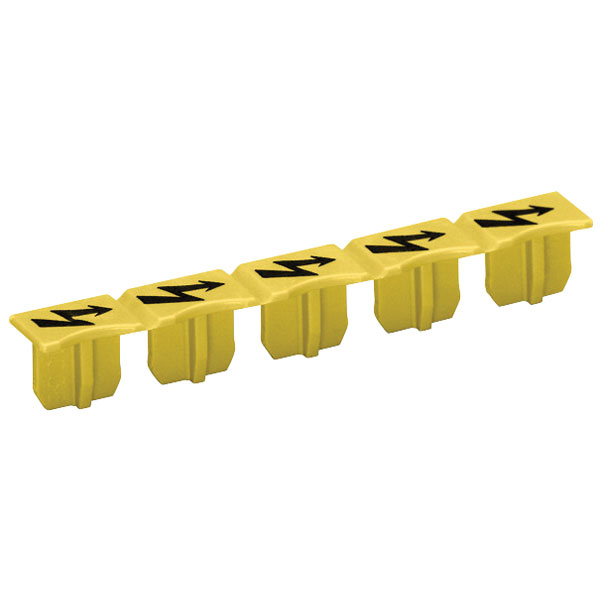
WAGO 2006-115 5 Piece High Voltage Warning Marker for 2006 Series ...
£0.41 Rapid Online - Rapid Electronics Ltd.
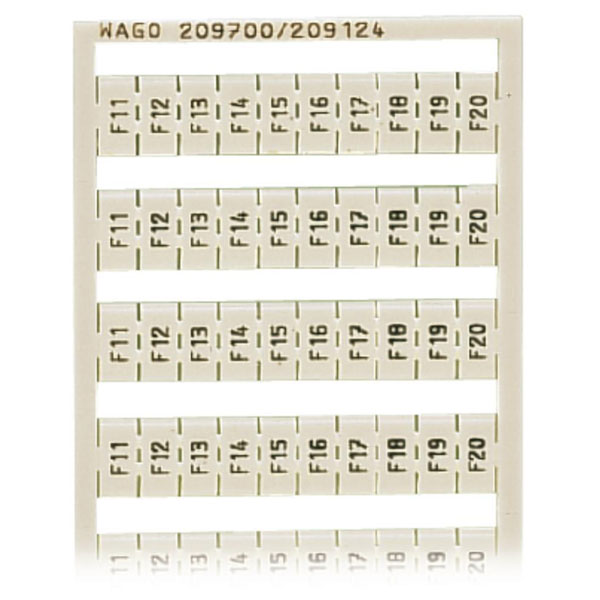
WAGO 209-700/209-124 WSB Quick Marker Vert. (F11-F20) 10ea for 281...
£3.72 Rapid Online - Rapid Electronics Ltd.
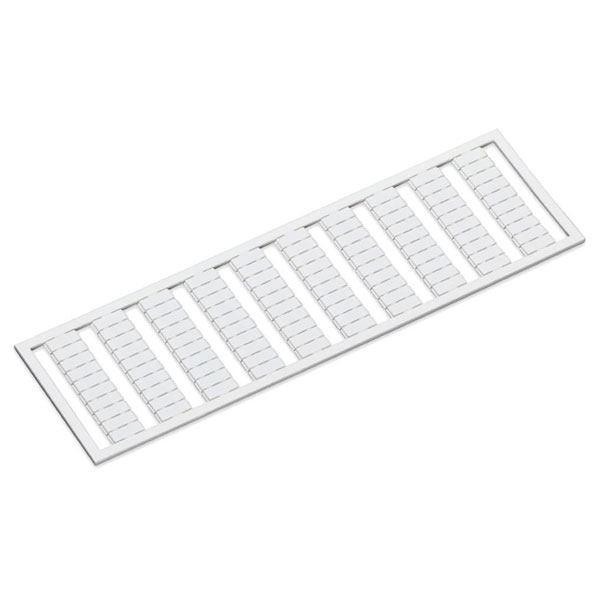
WAGO 209-700/209-125 WSB Quick Marker Vert. (F21-F30) 10ea for 281...
£3.72 Rapid Online - Rapid Electronics Ltd.
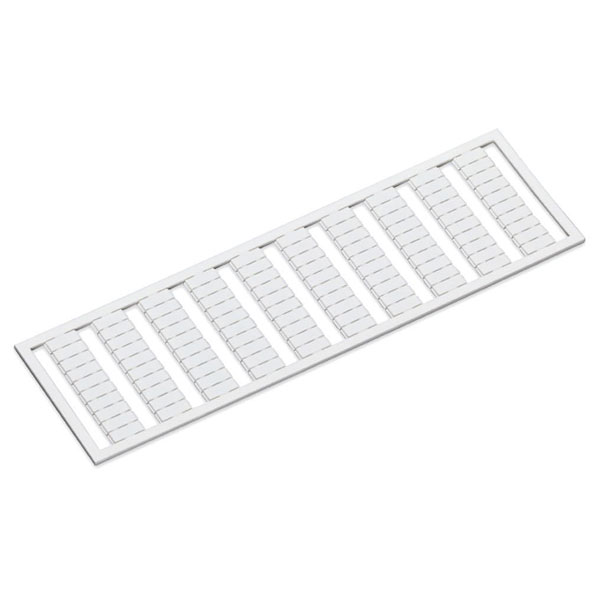
WAGO 209-700/209-126 WSB Quick Marker Vert. (F31-F40) 10ea for 281...
£3.72 Rapid Online - Rapid Electronics Ltd.
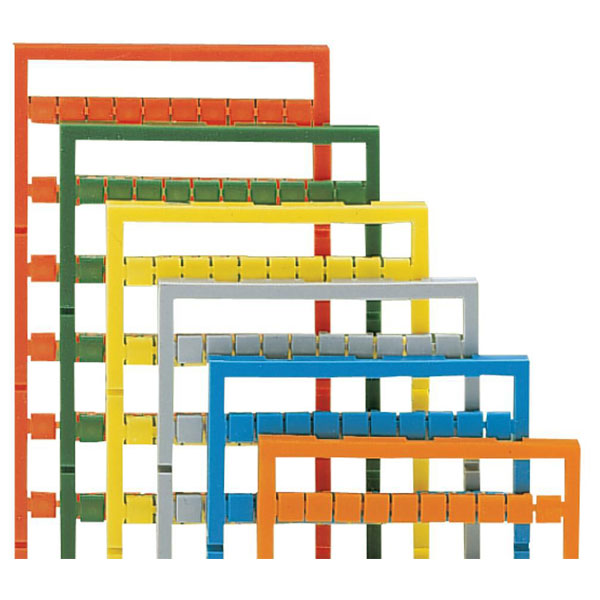
WAGO 264-904/000-007 Mini WSB Quick Marking System 1,1,1,1,1 264 S...
£3.82 Rapid Online - Rapid Electronics Ltd.
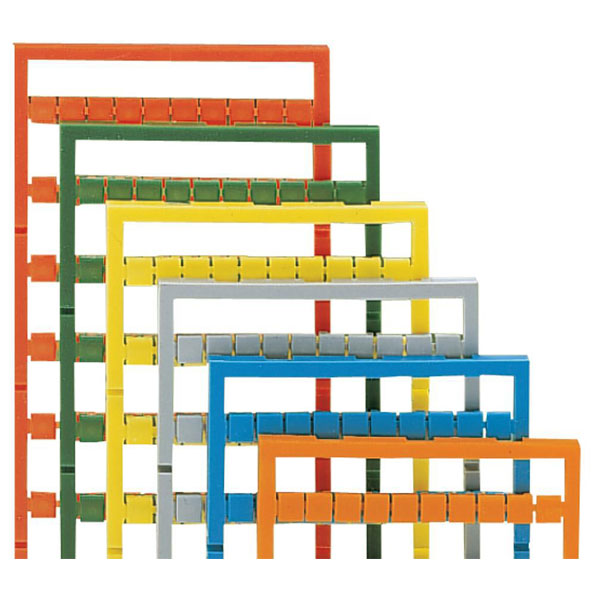
WAGO 264-905/000-005 Mini WSB Quick Marking System 3,3,3,3,3 264 S...
£3.82 Rapid Online - Rapid Electronics Ltd.
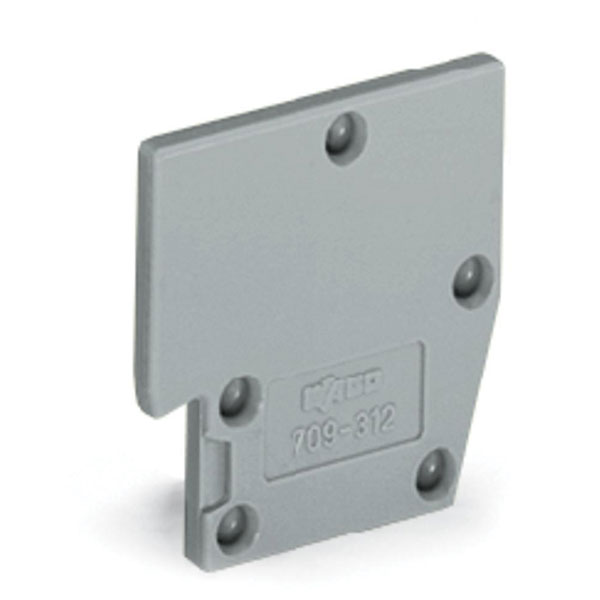
WAGO 709-312 B-type Intermediate Plate 2mm Wide Grey
£0.64 Rapid Online - Rapid Electronics Ltd.
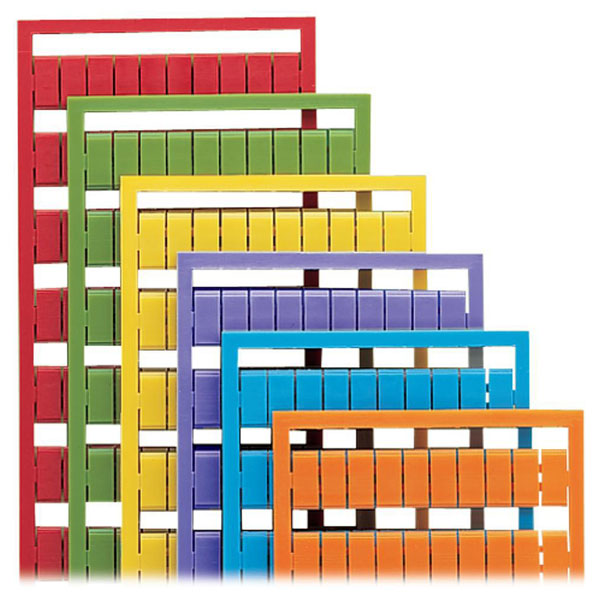
WAGO 209-501/000-002 5-17.5mm WSB Quick Marker (Plain) 100ea Yellow
£4.55 Rapid Online - Rapid Electronics Ltd.
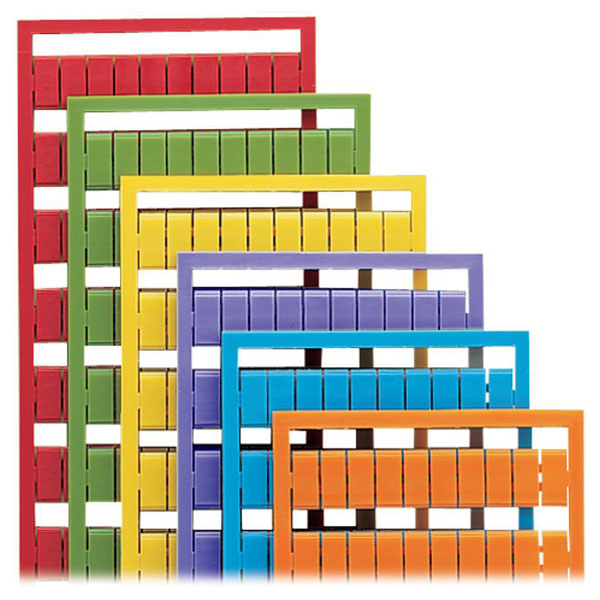
WAGO 209-501/000-005 5-17.5mm WSB Quick Marker (Plain) 100ea Red
£4.55 Rapid Online - Rapid Electronics Ltd.
12345107